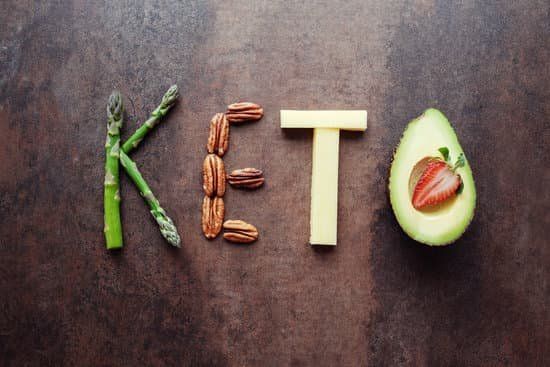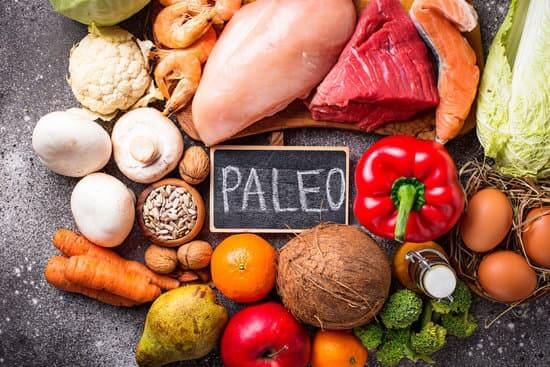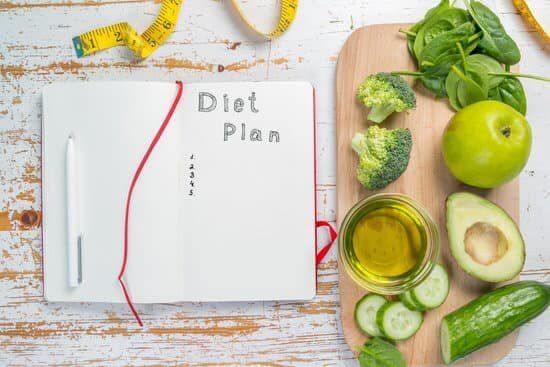Types of Diets
Confused between Intermittent Fasting, Keto Diet and Paleo Diets? Here's everything you need to know about these diets.

There are a lot of diets that have been trending recently. Some include the Keto Diet, intermittent fasting, and low carb diets. Such diets are often intimidating, causing us to shy away from our fitness goals. It is therefore crucial to understand the what and the why of these diets to ensure that you choose the right diet.
When picking a diet, you should consider your lifestyle and your eating habits. It’s important to incorporate a diet that will work for you to make it sustainable and effective in the long run.
Let us break down these diets for you.
Intermittent Fasting

Intermittent fasting refers to the eating plans that alternate between periods of fasting and eating. A lot of research has been conducted on intermittent fasting, including this Harvard Medical School Study, and the results have been promising.
The science behind intermittent fasting has to do with the blood sugar and insulin levels. The blood sugar and insulin levels are decreased when fasting, which improves the functions of the heart and helps with weight loss.
It is important to note these tips and tricks to do the IF effectively. Planning and prepping your meals in advance plays a large role. Planning your meals based on your IF feeding period is useful as it will ensure better energy at important tasks.
Benefits of Intermittent Fasting
- IF can help you lose weight since you will be eating significantly fewer calories assuming you follow the golden rule of portion control. Science says that IF can help lose weight over a period of 3-24 weeks depending on your body.
- IF is beneficial for your heart’s health as it keeps risk factors such as cholesterol, triglycerides, and blood pressure under control.
- IF improves metabolism in men. Science says that ‘IF exerts a positive impact on the metabolic derangements commonly associated with cardiovascular diseases, and that it may be a viable and accessible intervention for most individuals.’
Pitfalls of Intermittent Fasting
- IF can have a high dropout rate. Many people find it too difficult or troublesome to stick to the fasting routine. Science says that this is because appetite and hunger hormones exhaust your brain when you are deprived of food.
- IF can cause mental fatigue especially in the morning. If you are not used to fasting for long periods, jumping onto the IF bandwagon can be tough on your mind and body. This results in decreased alertness.
- IF can affect your sleep patterns. Intermittent Fasting can decrease the amount of REM sleep you get. REM sleep is imperative as it increases brain activity and promotes learning.
Keto Diet

A Keto diet is the process of putting your body in ketosis wherein your body burns fat for energy instead of burning carbohydrates. The Keto Diet is a low carb and high healthy fat diet which turns fat into ketones in the liver in order to supply energy to the brain.
The Keto Diet comprises 75% fat, 20% protein and the remaining 5% is for incidental carbs that are obtained when we eat vegetables, curd, or paneer.
The logic behind the Keto Diet is that ketosis reduces glucose derived from carbs. This way, the healthy fats we consume become the powerhouse of energy in our bodies, thus burning fats.
Benefits of Keto Diet
- Reduces blood sugar and insulin levels, thereby reducing risk factors of heart diseases like body fat, HDL cholesterol levels, blood pressure, and blood sugar.
- It is scientifically proven that a low carb diet reduces the risk of Type 2 Diabetes.
- You aren’t left hungry while you’re on this diet. Science tells us that the Keto Diet has the ability to reduce hunger hormones in your body. Moreover, you can eat as and when you are hungry while you are on a Keto Diet. This can be three large meals or even six small meals.
Pitfalls of Keto Diet
- A low carb diet like Keto can cause digestive problems due to the reduced amount of fruits and vegetables.
- The Keto Diet can cause deficiencies when whole foods like wheat, rice, and fruits are cut out of the diet. This usually happens when only a particular kind of food is consumed – in this case, large amounts of fat. It is important to find adequate substitutes for all of these nutrients to prevent a deficiency.
- Keto Flu refers to headaches, hunger, and constipation that come when you first transition to the Keto Diet. Your body may not be used to cutting out carbs like rotis and rice, which form a large part of your diet. This sudden change shocks the body and can result in Keto Flu.
Paleo Diet

Resembling what our hunter-gatherer ancestors ate, the Paleo Diet consists of whole foods. The Paleo diet focuses on eating foods that are available to you in the freshest and rawest form instead of eating processed foods.
A large part of the Paleo Diet is associated with having an agile lifestyle. This means that the Paleo diet, in addition to eating healthy and whole foods, asks you to be more physically active.
The best part of the Paleo Diet is that you can modify it to suit your lifestyle and the kind of foods you can get easily depending on where you live. This is why Paleo Diet is often considered as a framework for which other diets are incorporated.
Benefits of Paleo Diet
- Paleo Diet can reduce blood pressure through its rich potassium content due to an increased intake of fruits and vegetables.
- Paleo helps you lose weight without having to keep a constant calorie count. Its foundation lies in the fact that one should eat whole and unprocessed foods. This means sugary foods and junk foods are cut out of your diet as soon as you adopt the Paleo Diet.
- Paleo Diet is healthy. Given the whole foods that you are consuming in the Paleo Diet, your body will get high amounts of proteins, healthy fats, and other essential nutrients to keep diseases at bay.
Pitfalls of Paleo Diet
- Paleo can lead to overeating or no sense of portion control. This happens since there is no rule about calories nor when to eat. With a lot of us, this leeway may not work well. We might not be able to maintain a healthy balance in our food intake.
- Paleo Diet eliminates whole grains which are nutritious.
Atkins Diet

Atkins Diet is a low carb diet that stipulates eating fats and proteins as long as one stays off high carb foods. Atkins Diet allows for healthy fats like avocados and saturated fats like coconut and palm oils.
Science says that the Atkins Diet is effective despite its provision to eat fat because of the increased protein intake. This is effective as your appetite will be reduced and fewer calories will be consumed.
The Atkins Diet is a 4 phase plan.
- The first phase kickstarts weight loss by eating high-fat and high-protein foods with low-carb vegetables.
- The second phase balances out this weight loss by including nuts and fruits to your diet.
- The third phase aims to compare your current weight with your goal weight. It slows down weight loss by incorporating minimal carbohydrates into your diet.
- The final stage is meant to stabilize your weight after you have achieved your weight goal. It does so by incorporating healthy carbs into your diet to manage your weight.
Benefits of Atkins Diet
- The Atkins Diet has been effective in curbing hunger as the high protein and high-fat foods consumed allows you to eat a filling meal. This reduces your need to snack.
- Atkins diet has been useful to reduce acne. By consuming low carb foods, acne is seen to reduce drastically.
- Atkins Diet is seen to help with healthy weight loss. By cutting out carbs, the body needs to resort to burning fats to create energy in the body. Atkins ensures a high protein and fat intake.
Pitfalls of Atkins Diet
- Atkins can disrupt digestion due to the absence of adequate fibers, especially in the first phase.
- Since Atkins Diet allows for saturated fats, this can lead to higher bad cholesterol levels that may cause cardiovascular diseases.
Tips on choosing the right diet

- Mindfully assessing your fitness goals and then choosing a diet to help you achieve the goal is a great way to shift to a healthier lifestyle.
- Thoroughly researching and understanding the diet you choose will help you execute it with greater ease. Basically, be sure to know why you’re doing what you’re doing. It will help you keep the long term vision in mind and keep you motivated.
- Diets impact different people differently, so we recommend that you pick the diet that fits with your lifestyle.
If you have high energy days, intermittent fasting may leave you hungry and low on energy. Depending on availability, you could go with a Paleo diet or a Keto diet. - Remember to get into the chosen diet one step at a time so you do not shock and overwhelm your body.
All in all, getting a full night’s sleep, exercising, and eating mindfully will make you go a long way with any diet you pick. Let us know in the comments which diet you are following and why it works for you.

